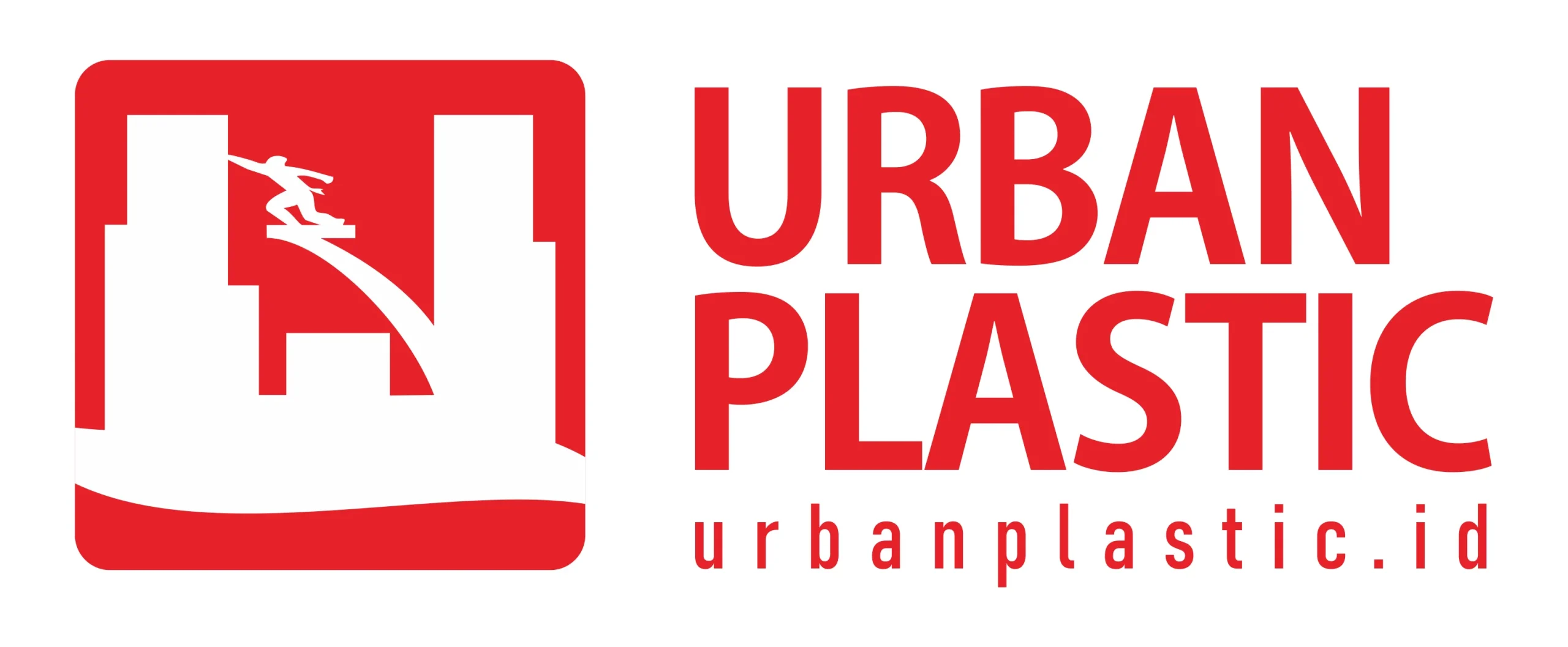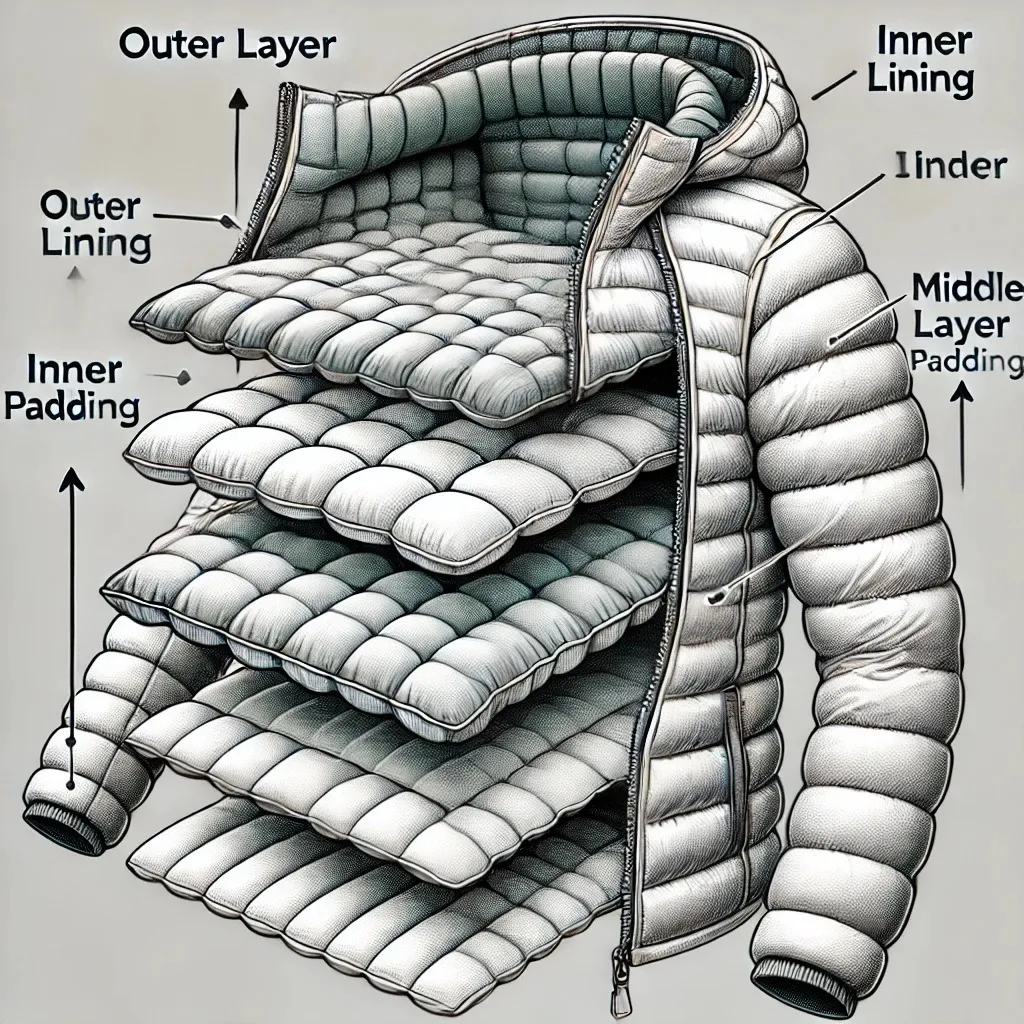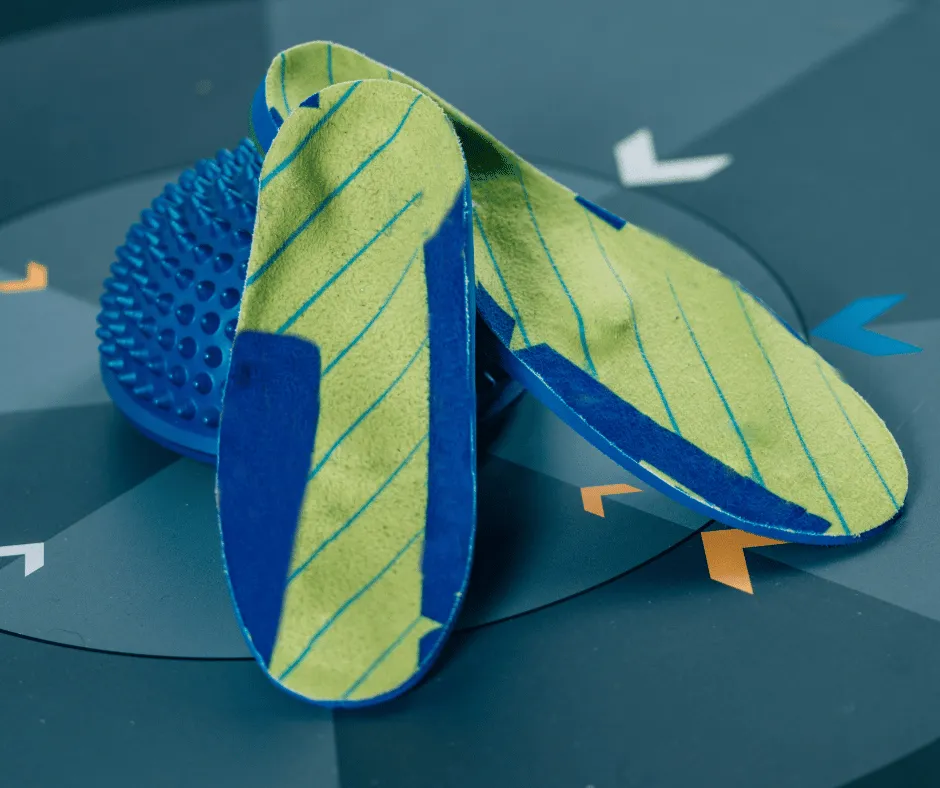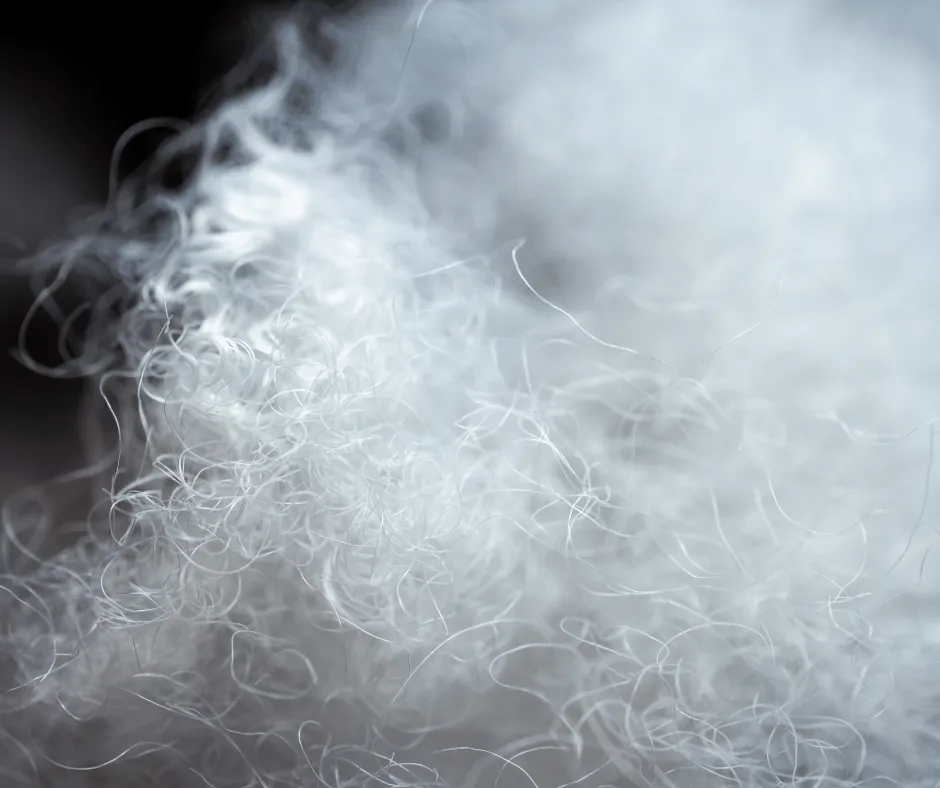PADDING FOR APPAREL
- Home
- /
- Padding For Apparel
Padding is a crucial element in the apparel industry, serving multiple vital functions. First and foremost, it acts as a protective layer, offering additional safeguarding against impacts or friction that may occur during daily activities. Furthermore, padding, often made from non-woven fiber, plays an effective role as an insulator, helping maintain body temperature by creating a heat-retaining barrier between the skin and the external environment. From an aesthetic perspective, padding has the ability to shape and enhance body silhouettes, creating more proportional appearances or accentuating certain areas in line with prevailing fashion trends. Equally important, padding significantly contributes to comfort aspects, providing soft cushioning that enhances the overall garment-wearing experience. The widespread use of padding, particularly with non-woven fiber, in various types of clothing—ranging from winter jackets to undergarments—demonstrates the flexibility and importance of this element in modern apparel design and production. Its versatility in addressing both functional and stylistic needs makes padding an indispensable component in the creation of comfortable, protective, and fashionable clothing items.
Padding for apparel refers to the cushioning material used in the production of garments, jackets, shoes, bags, and hats to provide extra comfort, support, shape, or protection. In garment production, padding, often made from non-woven fiber, is commonly used in areas like shoulders, elbows, and collars to enhance the structure and durability of clothing. For jackets, especially in winter or sportswear, padding (often made from materials like foam, polyester fiberfill, non-woven fiber, or down) adds insulation, warmth, and comfort.
In footwear, padding, which can include non-woven fiber, is used to improve cushioning around the soles, heels, and ankle areas, providing both comfort and support for prolonged use. In bags and backpacks, padding made from materials like non-woven fiber serves to protect items inside and make the carrying experience more comfortable by adding cushioning to straps and compartments.
For hats, padding is often added to the brim or crown to improve fit and comfort. In all of these applications, padding, including options made from non-woven fiber, helps enhance the functionality, comfort, and aesthetics of the product, making it more durable and user-friendly.
What is padding for clothes?
Length (meter)Padding for clothes refers to the additional layer of material inserted into garments to provide insulation, structure, or shape. In jackets, coats, and other apparel, padding is often used to trap warmth, making the garment more suitable for cold weather. It can also be used for protective purposes (such as in sports gear) or to add bulk to certain areas for aesthetic reasons.
Common materials used for padding include:
1. Gusfill (Microfiber)
-
Made from fine microfiber.
-
High-grade quality (from virgin plastic pellets).
-
Advantages: soft texture and better air insulation.
2. Bestfill NS (Siliconized Fiber)
-
Composed of siliconized fiber mixed with plastic resin.
-
Medium-grade quality.
-
Used in garments requiring both softness and structure.
3. Fasil (Recycled Polyester/Dacron)
-
Made from recycled polyester.
-
Eco-friendly and affordable.
-
Suitable for sustainable clothing applications.
Technical Specifications of Padding
-
Width: 150 cm or 240 cm
-
Estimated Roll Length: 6 oz = ±35 yards or ±32 meters
-
Thickness / Density Variants: Available from 2 oz to 12 oz
-
Recommended Use:
-
Bomber Jacket: 6 oz
- 12 oz: Commonly used for export markets such as Korea, Germany, and the United States
-
- 20 ft Container Capacity: ±50 rolls
- Additional Services: Local quilting service available
| Oz | Length (yard) | Length (m) | Width (cm) |
|---|---|---|---|
| 2 oz | 110 | ±101 | 150 / 240 |
| 3 oz | 75 | ±69 | 150 / 240 |
| 4 oz | 55 | ±50 | 150 / 240 |
| 5 oz | 45 | ±41 | 150 / 240 |
| 6 oz | 35 | ±32 | 150 / 240 |
| 7 oz | 30 | ±27 | 150 / 240 |
| 8 oz | 30 | ±27 | 150 / 240 |
| 9 oz | 30 | ±27 | 150 / 240 |
| 10 oz | 25 | ±23 | 150 / 240 |
| 11 oz | 25 | ±23 | 150 / 240 |
| 12 oz | 25 | ±23 | 150 / 240 |
In sustainable clothing, recycled materials such as PET fibers (from plastic bottles) are also used to create padding that offers similar warmth and protection. The padding can be either sewn into the garment or removable, depending on its purpose.
What foam is used for padding?
Various types of foam are used for padding in different applications, depending on the needs for comfort, protection, or insulation. Here are some common types of foam used for padding in clothing and other products:
1. Polyurethane Foam (PU Foam):
- Widely used in clothing padding, furniture, and cushions. It’s flexible, lightweight, and provides a good balance of comfort and durability.
- Commonly found in shoulder pads, bras, and sports gear.
2. Memory Foam:
- Known for its ability to mold to the shape of the body, it provides customized support and is popular in items like footwear padding, sportswear, and orthotic applications.
Often used for comfort in high-impact areas, like insoles of shoes or protective padding.
3. EVA Foam (Ethylene-Vinyl Acetate):
- Highly durable and shock-absorbing, EVA foam is often used in protective gear like helmets, knee pads, and elbow pads. It’s also common in shoe soles.
- It’s lightweight and flexible, making it ideal for padding in sports and outdoor clothing.
4. Neoprene Foam:
- Common in wetsuits and protective wear, neoprene provides thermal insulation and is resistant to water, chemicals, and wear.
- Often used in specialty clothing or equipment for activities like diving, cycling, and skiing.
5. Closed-Cell Foam:
- Dense and water-resistant, it’s used in outdoor and athletic gear for added protection and insulation.
- Often found in protective sports gear, backpacks, and outerwear that requires moisture resistance.
Each type of foam has unique characteristics suited to different padding needs, from lightweight warmth to impact resistance and comfort.
What is padding method in textile?
The padding operation consists of two steps. First, the fabric, usually woven, is immersed in the liquor to achieve thorough impregnation. Second, the fabric is passed between two rollers to squeeze out air and to force dye-liquor inside the material, with the excess liquor being sent back along the fabric.
What is padding in clothing?
Padding in clothing refers to the additional material or layer inserted into garments to provide structure, insulation, protection, or enhance the shape of the clothing. It is commonly used in items like jackets, coats, sportswear, bras, and protective gear. In cold-weather clothing, padding helps trap body heat, providing warmth and insulation. In protective gear, such as shoulder pads or knee pads, it absorbs impact and shields the body from injury. Padding can be made from various materials, such as synthetic fibers, foam, or natural fillers like down feathers, depending on the purpose of the garment. It serves both functional and aesthetic purposes, improving comfort, performance, or appearance.
What can I use as padding in shoes?
Insoles, toe inserts and heel grips can all provide varying levels of padding that reduce that extra space in your shoe and get them feeling fabulous. Try out different options to see which works best for you.



